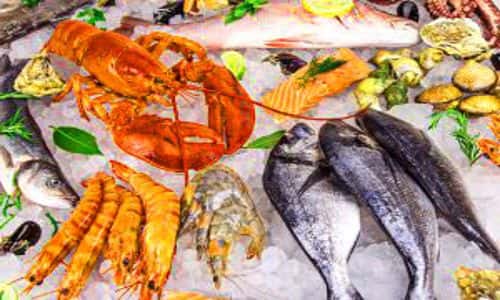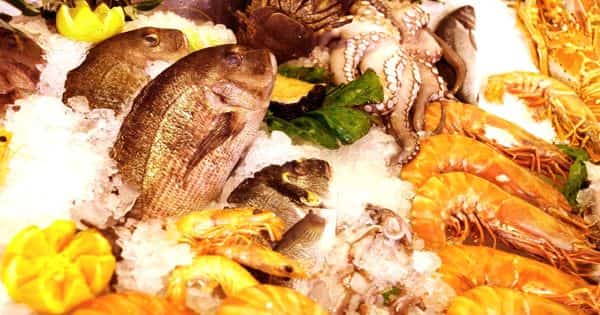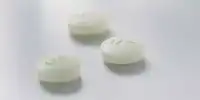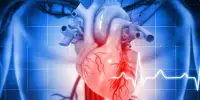Scientific resolution to Seafood Spoilage Detection
The foods are usually classified as less perishable, moderately perishable, and highly perishable in order to understand their perishable nature. Existing methods for detecting seafood spoilage are far from satisfactory for ensuring food safety and security. Flinders University’s Professor of Aquaculture Jian Qin – who led the study with Flinders colleague Professor Youhong Tang, says this simple device could become commercially viable and enable “real-time” monitoring of spoilage in seafood to ensure food safety for consumers. The researchers also found their new sensor indicates contamination and spoilage faster than existing sensors that only detect pathogens on the surface of foods.
“The core of the new spoilage analysis technology is understanding that biogenic amines play an important physiological function of living cells, but a high level of biogenic amines in seafood has an adverse impact on human health and can cause food poisoning.”
Flinders University researchers have constructed and tested a solid-state fluorescent sensor loaded on filter papers that can instantly and accurately measure the rate of spoilage in Atlantic salmon – and can easily be applied to other seafood. The first author of this publication was Professor Yonghua Jiang, a visiting scholar from Jimei University, China. She estimates that this device can be a major cost saver for the seafood industry and retailers, as spoilage accounts for at least 10% of all seafood production. The spoilage of fish is a complicated process brought about by the actions of enzymes, bacteria, and chemical constituents. The spoilage process starts immediately after the death of fish.

Seafood is less stable because of its high moisture content and the availability of nutrients for the growth of microorganisms. The core of the new spoilage analysis technology is understanding that biogenic amines play an important physiological function of living cells, but a high level of biogenic amines in seafood has an adverse impact on human health and can cause food poisoning. Highly perishable foods like seafood have a low tolerance to ambient temperature, while moderately perishable items like fruits and vegetables have increased tolerance and nonperishable items are least affected.
Therefore, biogenic amines have become important indicators for the evaluation of food freshness and edibility – and reading these amines can be done by a simple and cost-effective method using the filter papers loaded with an AIEgen, such as dihydro quinoxaline derivative (H + DQ2), to monitor salmon spoilage.
Time, temperature, and hygiene play important role in the processing of seafood. Speedy work, proper icing, and cleanliness in processing operations go a long way in reducing spoilage. The research found that as spoilage in the salmon samples increased, triggering more amine vapors, so too did the intensity of the readings on the treated filter papers.
“This study provides a quick and simple way for testing amine vapor from fish and provides baseline information for developing an easy-to-use, on-site method to evaluate seafood quality for customers,” says Professor of Materials Engineering Youhong Tang, from Flinders University’s Institute of NanoScale Science and Technology and Medical Device Research Institute.
The spoilage of fish is caused by enzymatic, bacterial, and chemical action. The activity of an organism can be controlled, reduced, or even retarded by proper handling and immediate lowering of the temperature. The research team will now do further optimization tests on the paper strips and the AIEgen loading, to provide a more robust solution for daily usage towards commercial applications. The team also wants to align the AIEgen loaded paper strips with smartphone apps to transfer information for quantitative evaluation. The spoilage is reduced or prevented in a number of ways like drying, salting, chilling, canning, and freezing.













